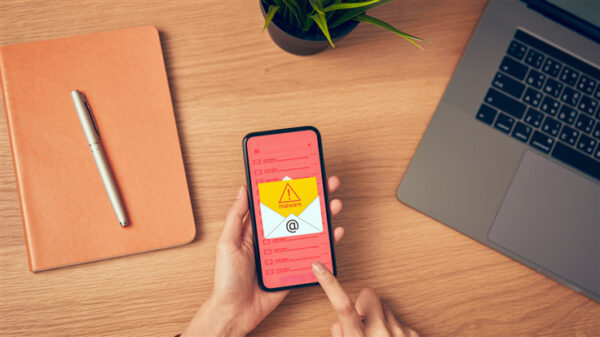In this digital age, where communication and transactions are increasingly conducted online, it’s essential to be vigilant against various online scams and phishing attempts. One prevalent scam involves fraudulent emails claiming to be from the United States Postal Service (USPS), urging recipients to click on suspicious links or provide personal information. This article aims to raise awareness about the US9514901185421 scam email associated with USPS, and provide information and FAQs to help you stay safe from such scams.
What is the US9514901185421 Scam Email?
The US9514901185421 scam email is a deceptive email that pretends to be from USPS, the national postal service of the United States. These emails are typically disguised as official USPS notifications, often with subject lines suggesting issues with a USPS package delivery or a USPS tracking number. The primary goal of these phishing emails is to trick recipients into clicking on malicious links, downloading malware, or providing sensitive personal and financial information.
How to Recognize the US9514901185421 Scam Email?
Recognizing a scam email like US9514901185421 is essential to protect yourself from falling victim to online fraud. Here are some common signs to watch for:
- Sender’s Email Address: Check the sender’s email address carefully. Legitimate USPS emails will typically come from addresses ending with “@usps.com.” Be cautious of any variations or misspellings.
- Urgent Language: Scam emails often use urgent language, pressuring recipients to take immediate action.
- Spelling and Grammar: Poor spelling and grammar are telltale signs of a scam. Legitimate organizations usually proofread their communications.
- Suspicious Links: Hover over any links without clicking to see the actual web address. If it doesn’t match the official USPS website (www.usps.com), it’s likely a scam.
- Attachments: Be cautious of attachments in emails from unknown sources. They may contain malware or viruses.
- Requests for Personal Information: USPS will never ask for sensitive information like your Social Security number or financial details via email.
- Too Good to Be True: If the email promises prizes, lottery winnings, or anything that seems too good to be true, it’s probably a scam.
FAQs About the US9514901185421 Scam Email
1. What should I do if I receive a suspicious email claiming to be from USPS?
If you receive a suspicious email, do not click on any links or download any attachments. Mark the email as spam or phishing, and delete it immediately. You can also report it to USPS at abuse@usps.gov.
2. I clicked on a suspicious link in a scam email. What should I do now?
If you clicked on a suspicious link, run a full antivirus scan on your device and change any passwords you may have entered. Be vigilant for any signs of identity theft or fraudulent activity on your accounts.
3. How can I verify the legitimacy of an email from USPS?
To verify an email’s authenticity, visit the official USPS website (www.usps.com) directly by typing the URL into your browser. Never rely solely on email links.
4. What can I do to protect myself from phishing scams?
Always be cautious when receiving unsolicited emails. Educate yourself and your family about the common signs of phishing scams and regularly update your antivirus software.
5. Is USPS taking any measures to combat these scams?
Yes, USPS is actively working to combat phishing scams and educate the public about online security. They regularly update their website with information on how to identify and report scams.
Conclusion
The US9514901185421 scam email is just one example of the numerous phishing attempts that target unsuspecting individuals daily. Staying informed and vigilant is crucial in protecting yourself from online scams. Remember to scrutinize all emails, especially those that appear to be from official sources like USPS, and report any suspicious activity immediately. By doing so, you can help keep your personal information and finances safe from cybercriminals.

